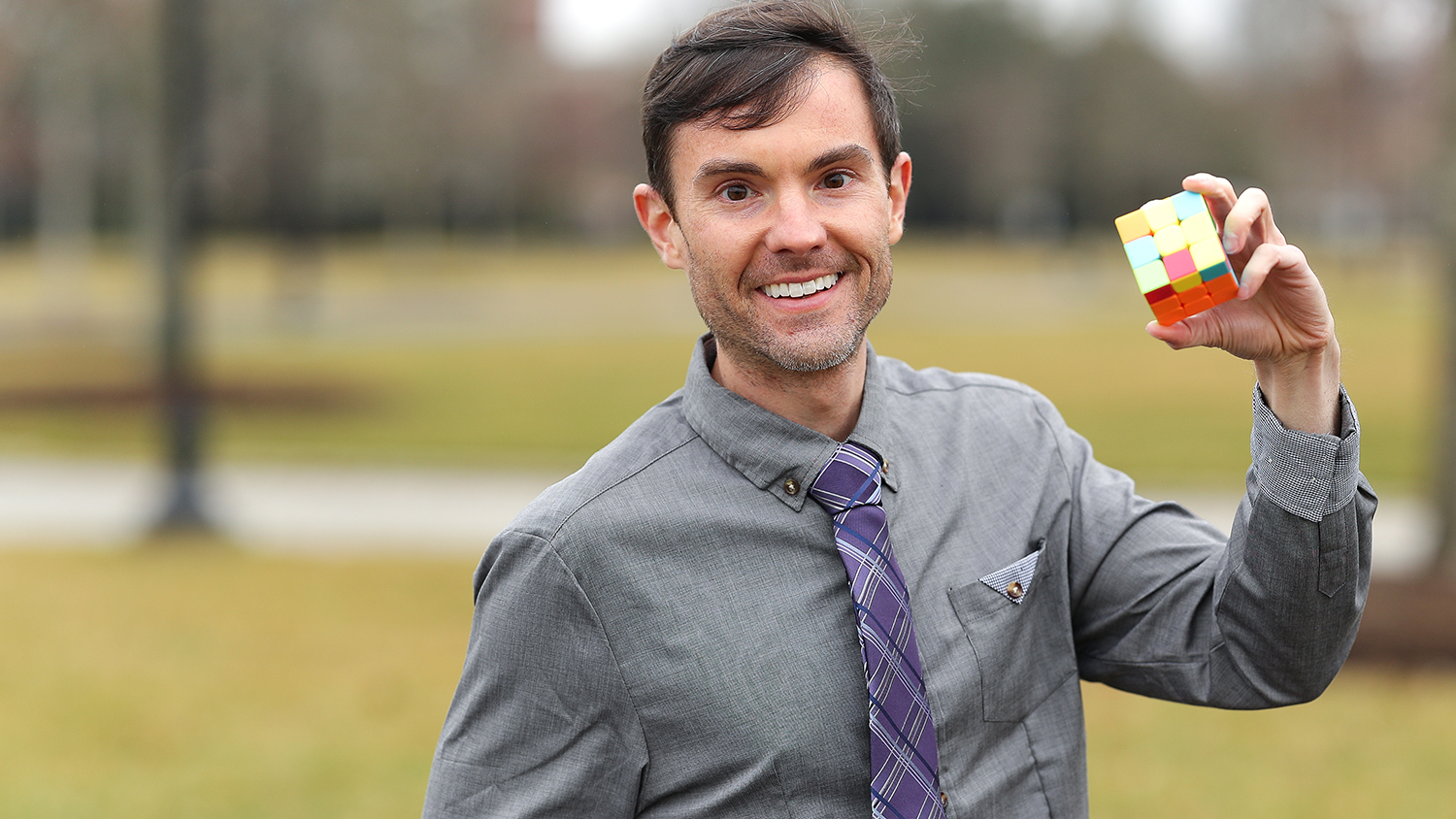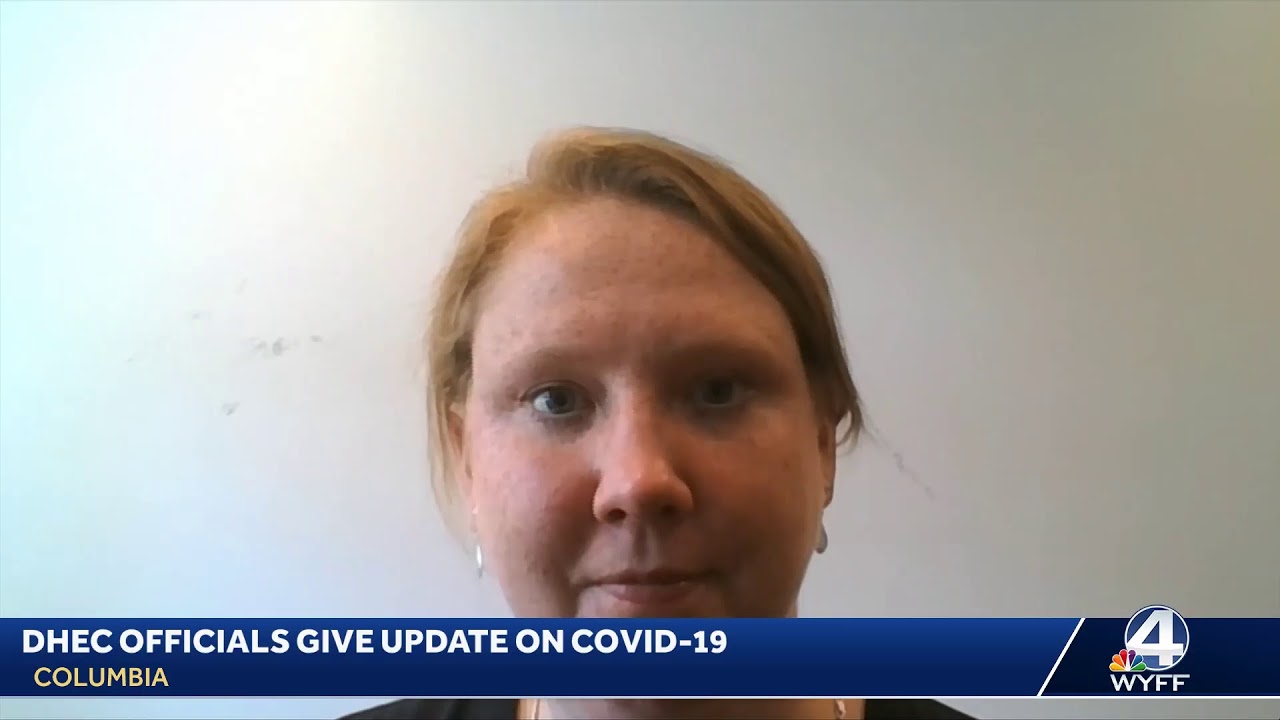Ben Haywood kept a Rubik’s Cube in his fridge at home for six weeks during the 2020 winter break. You can imagine it sitting there, between a jar of pickles and the OJ.
Haywood, assistant director of the Faculty Development Center, wasn’t on a new plastic diet. He kept the cube chilled to remind him to pick the darned thing up and practice trying to solve it, a multi-colored condiment of frustration. Reach for the pickles, grab the cube and give it a twist.
He was practicing what he was preaching. Haywood had worked with his counterpart at Denison University in Ohio to create a six-week training program to teach faculty to solve the cube in five minutes or less. Its underlying purpose was to remind faculty how hard it is to learn something for the first time. After mastering a chosen field and teaching the basics of it over and over again for years, faculty can develop an “expert blind spot” around the needs and perspectives of a new learner.
Haywood and Lew Ludwig, director of Denison’s Center for Learning and Teaching, added a wager to fuel competition: Haywood bet South Carolina peanut brittle that a higher percentage of Furman faculty would meet the challenge, and Ludwig put up Ohio buckeyes (the candy, not the seed) that Denison would win. About 15 faculty members from each school signed up.
Wall Street Journal higher education reporter Melissa Korn learned about the project and wrote a front-page story about it










